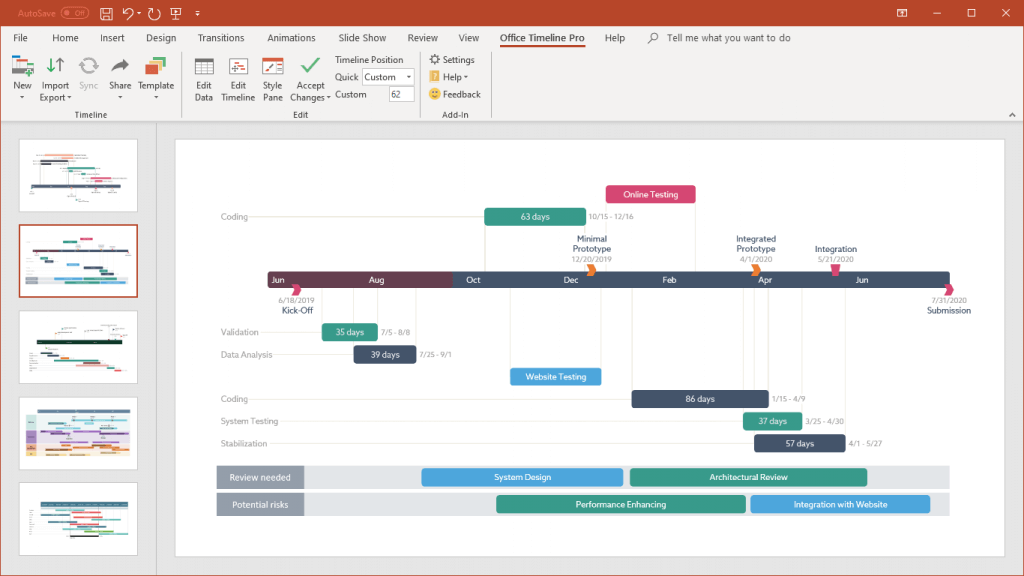
Perhaps you have heard the phrase “It’s a double edged sword”? It refers to something that has the power to bring on both negative implications and positive benefits simultaneously. This is particularly true for project managers who are working with stakeholders, team members and other resources.
Cross collaboration can be powerful and positive when well-managed, but it can also be destructive if is not nurtured. Skilled project managers effectively harness the collective power of their extended team to maximize productivity. Here are 7 techniques that may help you do this:
- The KISS Principle “Keep it Simple Stupid.” This philosophy suggests most systems work best if they are kept simple rather than made complicated. Consider that that others may not need, may not want or may not understand the level of detail that you may possess. It is a best practice to minimize complexity and simplify communication whenever possible.
- Define specific metrics. Having a measuring stick is essential for monitoring progress. Defining and getting consensus around a set of metrics or key performance indicators (KPIs) is critical. These KPI”s can be presented on a dashboard slide to track the overall success the project. When creating your KPI’s be specific and make sure to consider the needs of all stakeholders.
- Creating clear roles and responsibilities. Clearly defining the roles for each team member will help build structure needed for success. When managing tasks that may involve multiple contributors having a single point of responsibility is important. Only one person should be assigned accountability for each managing delivery of each task/role. Cleary establish this accountability with that person and set expectations early.
- Create a high-level timeline for reference. Publishing a summary timeline and keeping it highly visible to all project participants at all times will help maintain focus on the key milestones and important deliverables. Consistent visibility is a simple management technique – the more team members and stakeholders set it the more attention they will give it.
- Know your team and leverage their strengths. Harnessing the collective intelligence and experience of a team can create strong momentum. The true power of team projects is the unique ideas, insight, and experiences each person brings. Leveraging this power requires you inventorying the skill sets available to you. This means taking time to know each person’s strengths, then working to align those strength with the project’s needs.
- Consistently seek feedback. It is a good practice to ask team members and stakeholders for critical feedback. This creates an environment of trust and provides useful insights that may not have otherwise surfaced. It does not need to be done formally or as part of a process but be done simply with open ended questions and focused listing.
- Assess and adjust. Even the best project managers cannot predict all of the changes and unplanned surprises that will come up. Although unpredictable, changes should be anticipated and a process for making adjustments should be built in advance and ready to be used if necessary. Everyone on the team should be aware of this process, so adjustment can be made with agility.
Using some or all of these techniques will lead to more powerful project collaboration and they will help you avoid the dysfunction of poorly lead project teams.

Turn project data into professional timelines
Get the advanced features of Office Timeline Pro+ free for 14 days.
Get free trial